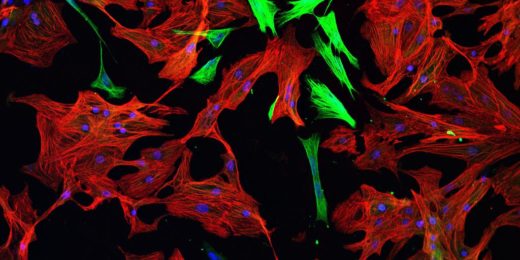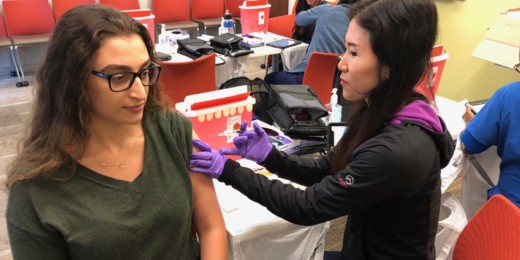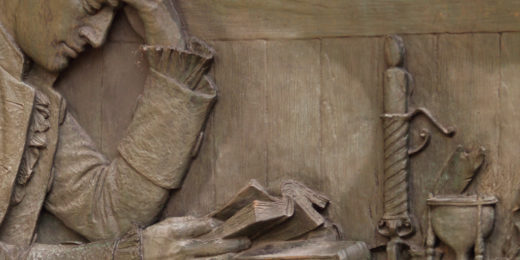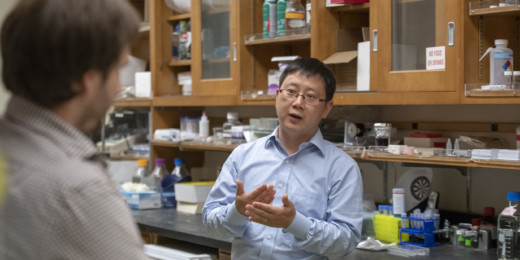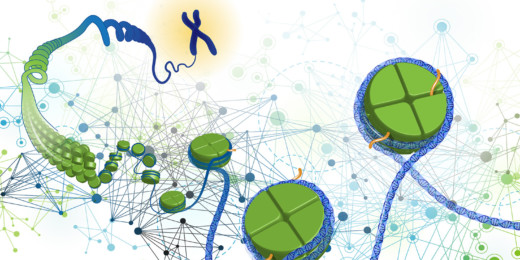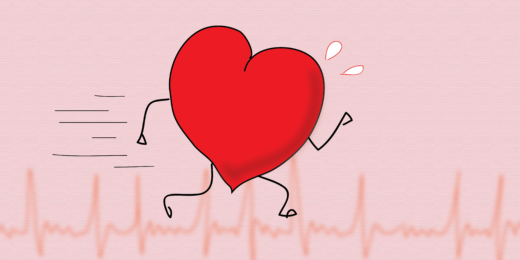A novel immunotherapy appears safe for use in patients with non-Hodgkin’s lymphoma. Here, a Northern California man shares his experience in the study.
Month: October 2018
Big data strikes again — subdividing tumor types to predict patient outcome, personalized treatment
A Stanford team has developed an algorithm that uses data about tumors to identify new classifications that can provide information about patient outcomes
Genetics of rapid deer antler growth, discovered
Stanford scientists identified two key genes responsible for the rapid bone growth of deer antlers, a finding that may one day help treat bone disease.
Medicine runs on stories
A medical student shares how both storytelling and story-listening can be beneficial for physicians (and their patients).
Researchers design new, flexible electrodes for studying heart cells
A team of Stanford researchers has designed a new flexible "micropillar" electrode to study the behavior of heart cells without affecting their behavior.
100 years later, flu epidemic remains a possibility, Stanford physicians say
One hundred years after the 1928 influenza epidemic, flu remains a threat to society today, several Stanford emergency medicine clinicians explain.
How a chief wellness officer can tackle clinician burnout head-on
In a Health Affairs piece, a group of physician leaders discuss the importance of a chief wellness officer and provide guidance on how to integrate the job into health system leadership.
How does media multitasking affect the mind?
A new review article investigates the relationship between heavy media multitasking and cognition to determine how media use is shaping our minds and brains.
An in-depth look at addiction, “a chronic, treatable medical condition”
A recent NOVA episode focused on our country's addiction problem and highlighted the work of numerous researchers.
The relationship between patient self-management and health care costs
A Stanford-led study examines whether the Patient Activation Measure can serve as an early indicator that an effort is affecting health care costs
A call to include art in pre-med education
In this essay, a recent Stanford graduate urges universities to amplify undergraduate offerings that unite the humanities and medicine.
Doctors’ notes hold clues about cancer patient survival
A Stanford-designed computer algorithm helps doctors predict the lifespan of patients with metastatic cancer by looking for clues in their own exam notes.
How the brain decides what to learn
Stanford researchers have identified that the paraventricular thalamus serves as a kind of gatekeeper that identifies and tracks the most relevant details.
Getting to the root of cancer by examining protein binding
In a new study, a team of researchers has examined the relationship between protein binding to DNA and the development of cancer.
Understanding AFib: How to measure your own heart rate and rhythm
In the fifth installment in the Understanding AFib series, Randall Stafford explains how to measure your heart rate and pay attention to your heart rhythm.
The presence of his absence
In this essay, Cynthia Lim reflects on her experience caring for her husband, who was left with brain damage following a cardiac arrest.





